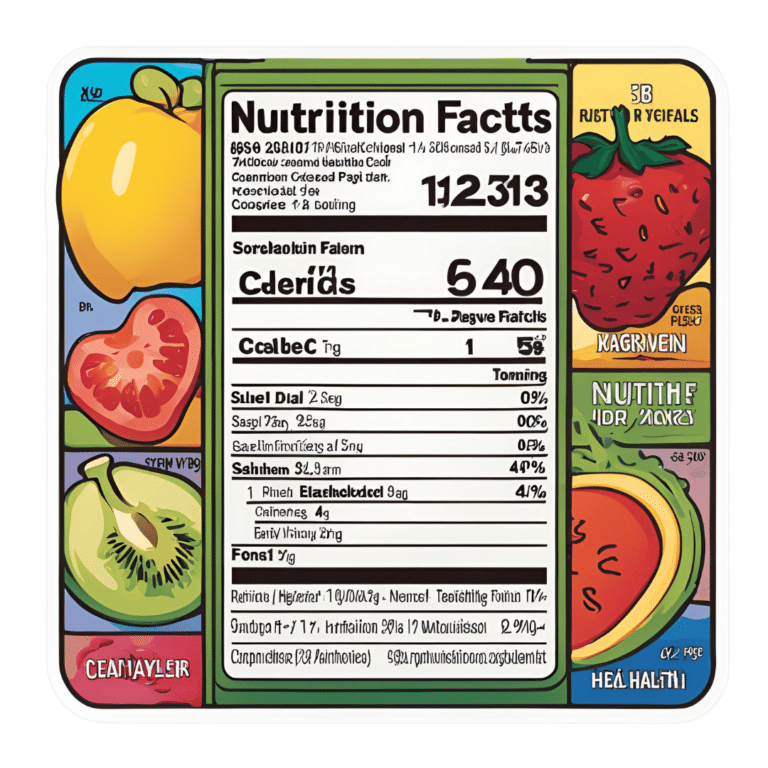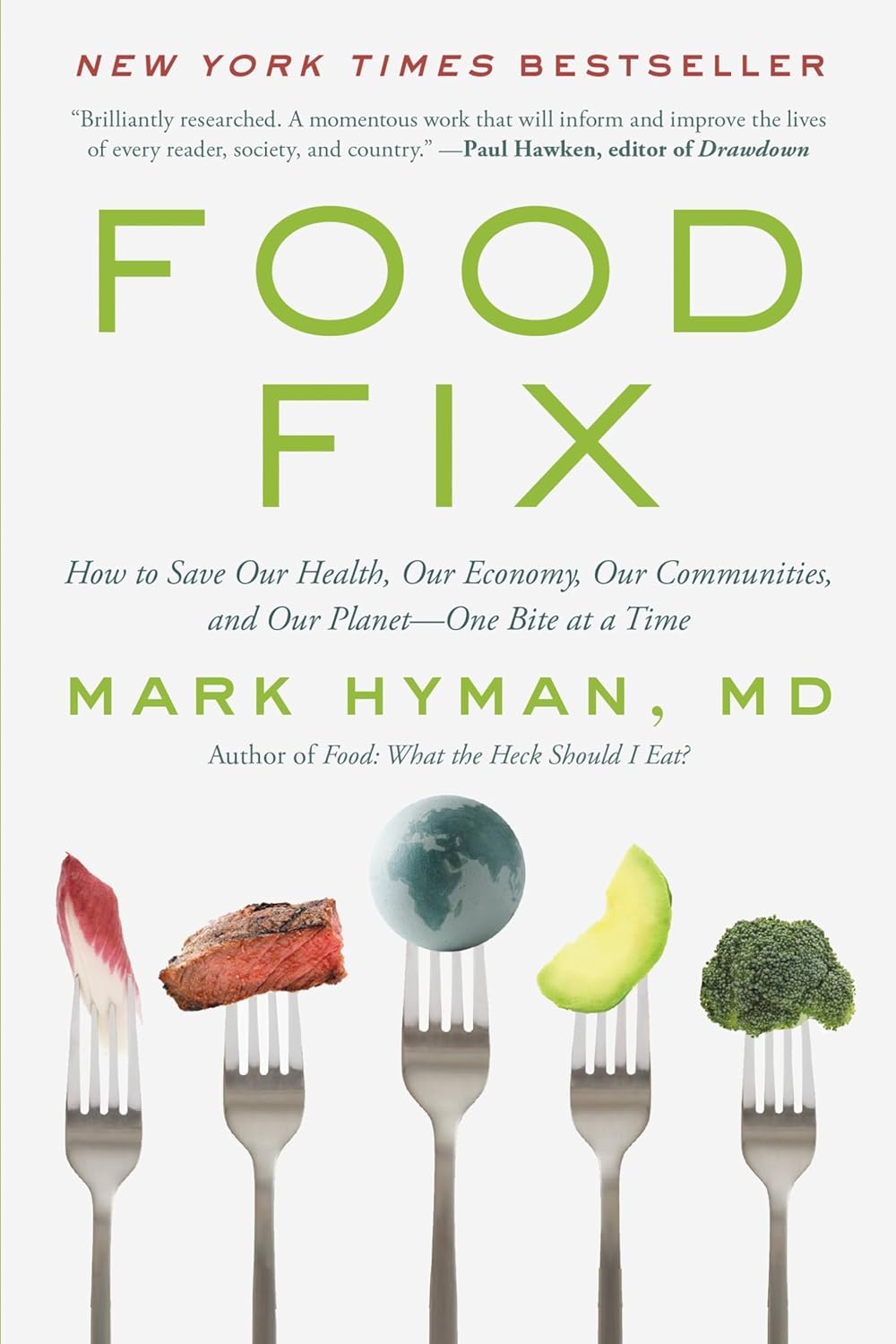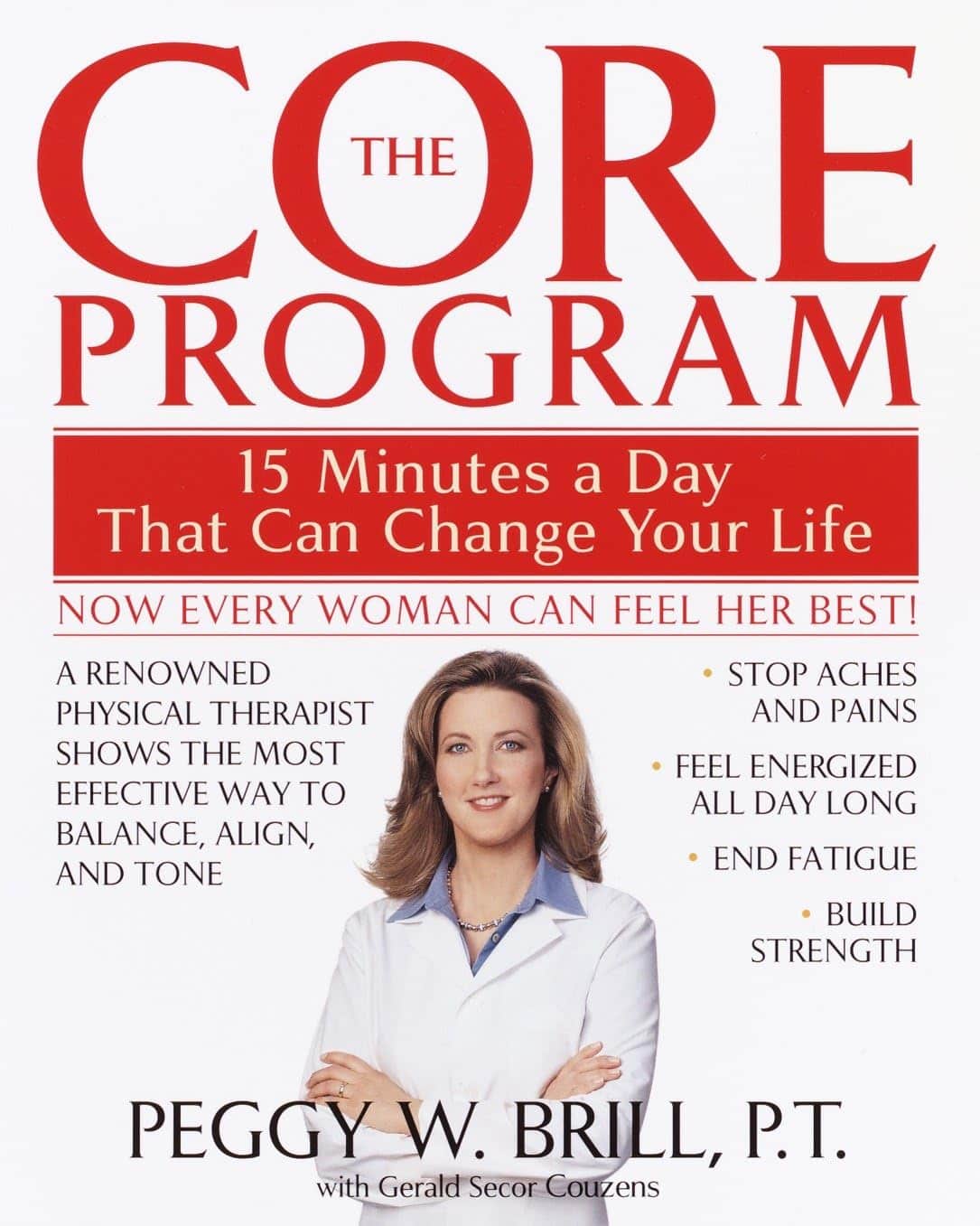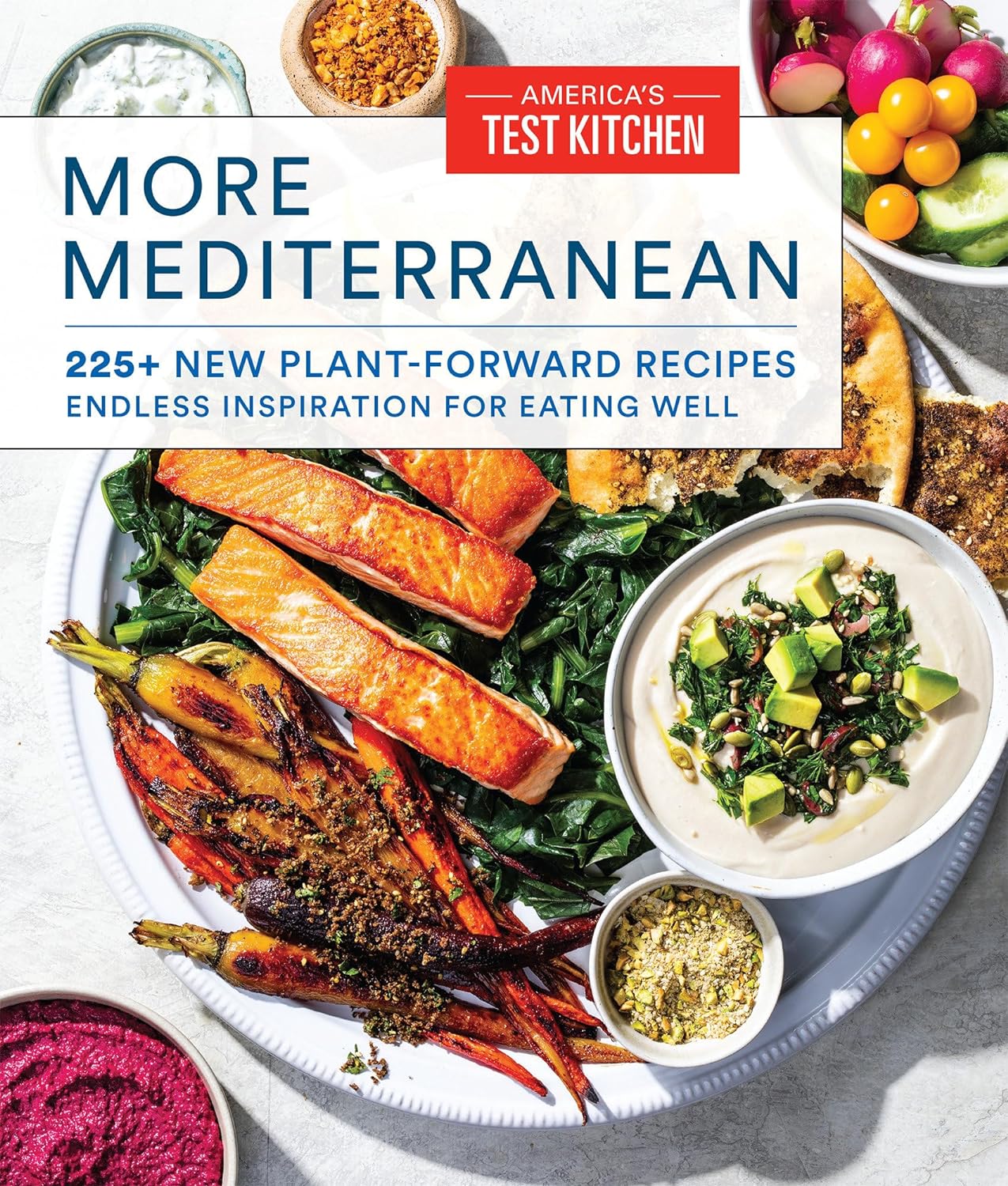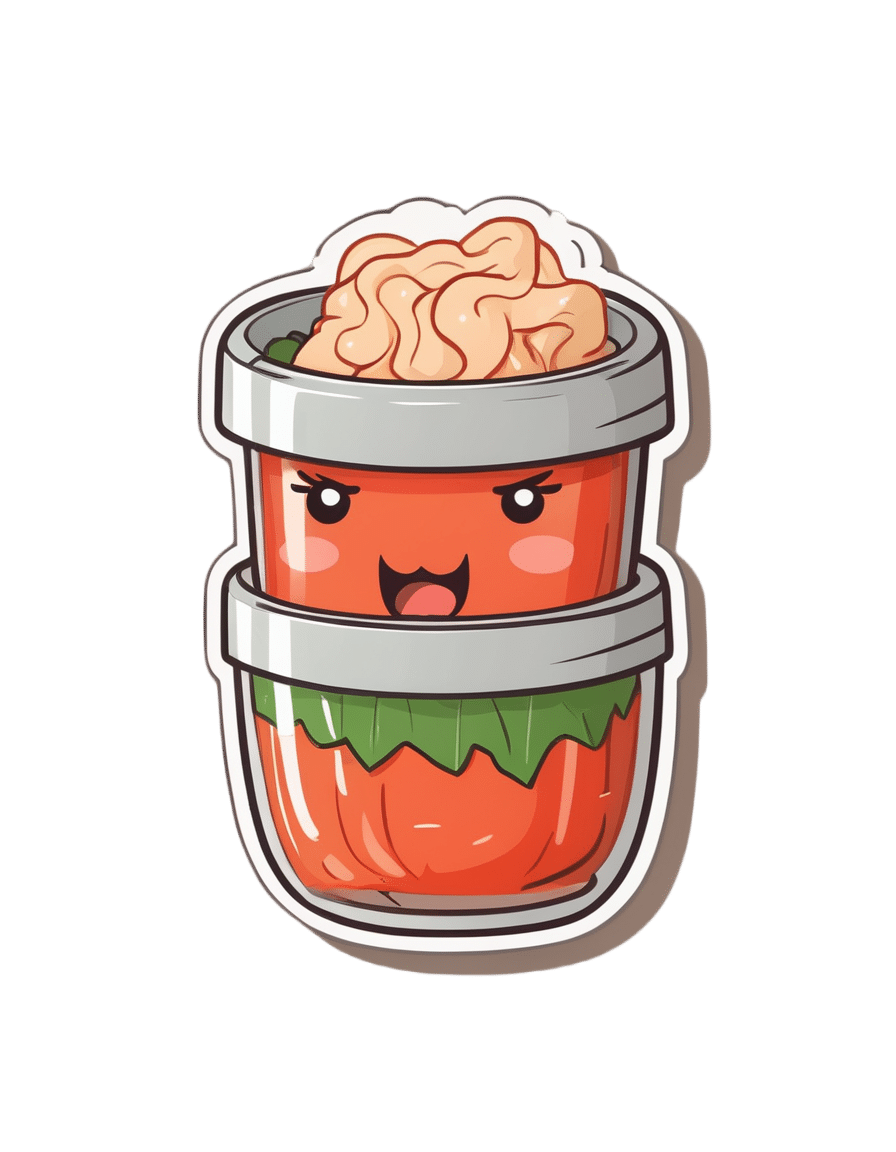
Can kimchi really help you lose weight? Hold your pickle. The evidence isn’t looking great
10almonds is reader-supported. We may, at no cost to you, receive a portion of sales if you purchase a product through a link in this article.
Fermented foods have become popular in recent years, partly due to their perceived health benefits.
For instance, there is some evidence eating or drinking fermented foods can improve blood glucose control in people with diabetes. They can lower blood lipid (fats) levels and blood pressure in people with diabetes or obesity. Fermented foods can also improve diarrhoea symptoms.
But can they help you lose weight, as a recent study suggests? Let’s look at the evidence.
Remind me, what are fermented foods?
Fermented foods are ones prepared when microbes (bacteria and/or yeast) ferment (or digest) food components to form new foods. Examples include yoghurt, cheese, kefir, kombucha, wine, beer, sauerkraut and kimchi.
As a result of fermentation, the food becomes acidic, extending its shelf life (food-spoilage microbes are less likely to grow under these conditions). This makes fermentation one of the earliest forms of food processing.
Fermentation also leads to new nutrients being made. Beneficial microbes (probiotics) digest nutrients and components in the food to produce new bioactive components (postbiotics). These postbiotics are thought to contribute to the health benefits of the fermented foods, alongside the health benefits of the bacteria themselves.
What does the evidence say?
A study published last week has provided some preliminary evidence eating kimchi – the popular Korean fermented food – is associated with a lower risk of obesity in some instances. But there were mixed results.
The South Korean study involved 115,726 men and women aged 40-69 who reported how much kimchi they’d eaten over the previous year. The study was funded by the World Institute of Kimchi, which specialises in researching the country’s national dish.
Eating one to three servings of any type of kimchi a day was associated with a lower risk of obesity in men.
Men who ate more than three serves a day of cabbage kimchi (baechu) were less likely to have obesity and abdominal obesity (excess fat deposits around their middle). And women who ate two to three serves a day of baechu were less likely to have obesity and abdominal obesity.
Eating more radish kimchi (kkakdugi) was associated with less abdominal obesity in both men and women.
However, people who ate five or more serves of any type of kimchi weighed more, had a larger waist sizes and were more likely to be obese.
The study had limitations. The authors acknowledged the questionnaire they used may make it difficult to say exactly how much kimchi people actually ate.
The study also relied on people to report past eating habits. This may make it hard for them to accurately recall what they ate.
This study design can also only tell us if something is linked (kimchi and obesity), not if one thing causes another (if kimchi causes weight loss). So it is important to look at experimental studies where researchers make changes to people’s diets then look at the results.
How about evidence from experimental trials?
There have been several experimental studies looking at how much weight people lose after eating various types of fermented foods. Other studies looked at markers or measures of appetite, but not weight loss.
One study showed the stomach of men who drank 1.4 litres of fermented milk during a meal took longer to empty (compared to those who drank the same quantity of whole milk). This is related to feeling fuller for longer, potentially having less appetite for more food.
Another study showed drinking 200 millilitres of kefir (a small glass) reduced participants’ appetite after the meal, but only when the meal contained quickly-digested foods likely to make blood glucose levels rise rapidly. This study did not measure changes in weight.

Ildi Papp/Shutterstock
Another study looked at Indonesian young women with obesity. Eating tempeh (a fermented soybean product) led to changes in an appetite hormone. But this did not impact their appetite or whether they felt full. Weight was not measured in this study.
A study in South Korea asked people to eat about 70g a day of chungkookjang (fermented soybean). There were improvements in some measures of obesity, including percentage body fat, lean body mass, waist-to-hip ratio and waist circumference in women. However there were no changes in weight for men or women.
A systematic review of all studies that looked at the impact of fermented foods on satiety (feeling full) showed no effect.
What should I do?
The evidence so far is very weak to support or recommend fermented foods for weight loss. These experimental studies have been short in length, and many did not report weight changes.
To date, most of the studies have used different fermented foods, so it is difficult to generalise across them all.
Nevertheless, fermented foods are still useful as part of a healthy, varied and balanced diet, particularly if you enjoy them. They are rich in healthy bacteria, and nutrients.
Are there downsides?
Some fermented foods, such as kimchi and sauerkraut, have added salt. The latest kimchi study said the average amount of kimchi South Koreans eat provides about 490mg of salt a day. For an Australian, this would represent about 50% of the suggested dietary target for optimal health.
Eating too much salt increases your risk of high blood pressure, heart disease and stroke.
Evangeline Mantzioris, Program Director of Nutrition and Food Sciences, Accredited Practising Dietitian, University of South Australia
This article is republished from The Conversation under a Creative Commons license. Read the original article.
Don’t Forget…
Did you arrive here from our newsletter? Don’t forget to return to the email to continue learning!
Recommended
Learn to Age Gracefully
Join the 98k+ American women taking control of their health & aging with our 100% free (and fun!) daily emails:
-
Food Fix – by Dr. Mark Hyman
10almonds is reader-supported. We may, at no cost to you, receive a portion of sales if you purchase a product through a link in this article.
On a simplistic level, “eat more plants, but ideally not monocrops, and definitely fewer animals” is respectable, ecologically-aware advice that is also consistent with good health. But it is a simplification, and perhaps an oversimplification.
Is there space on a healthy, ecologically sound plate for animal products? Yes, argues Dr. Mark Hyman. It’s a small space, but it’s there.
For example, some kinds of fish are both healthier and more sustainable as a food source than others, same goes for some kinds of dairy products. Poultry, too, can be farmed sustainably in a way that promotes a small self-contained ecosystem—and in terms of health, consumption of poultry appears to be health-neutral at worst.
As this book explores:
- Oftentimes, food choices look like: healthy/sustainable/cheap (choose one).
- Dr. Hyman shows how in fact, we can have it more like: healthy/sustainable/cheap (choose two).
- He argues that if more people “vote with their fork”, production will continue to adjust accordingly, and we’ll get: healthy/sustainable/cheap (all three).
To this end, while some parts of the book can feel like they are purely academic (pertaining less to what we can do as individuals, and more on what governments, farming companies, etc can do), it’s good to know what issues we might also take to the ballot box, if we’re able.
The big picture aside, the book remains very strong even just from an individual health perspective, though.
Bottom line: if you have an interest in preserving your own health, and possibly humanity itself, this is an excellent book.
Share This Post
-
The Core Program: – by Peggy Brill
10almonds is reader-supported. We may, at no cost to you, receive a portion of sales if you purchase a product through a link in this article.
The author, a specialist women’s physiotherapist, has produced not only an exercise program, but also an explanation of various body-related matters can be easily neglected—but also, with the right knowledge and a small daily commitment of practice, easily addressed.
Thus, thus subtitular claim of “15 minutes a day that can change your life” is referring to a daily 15-minute exercise session, that’s very Pilates-like in its functional strength and mobility focus with little or no equipment, without actually being Pilates.
After some introductory chapters discussing the things we need to know in order to implement the program with full understanding, she gets into the program itself, which consists of three progressive parts:
- a foundation to get going
- an intermediate level to get things truly into good shape, and
- an advanced level for if one wants to take things further.
She also provides extra advice on maintaining what one gained, taking the program forwards for life.
The program is optimized for women, but there’s nothing truly exclusive to women here, just, occasional “this affects women more” things to include.
The style is a little dated (the book being published in 2003), but this does not meaningfully affect the content, as the information itself is timeless.
Bottom line: if you’d like to get into good condition without overcomplicating things and without needing a lot of resources, this book is quite a comprehensive course!
Click here to check out The Core Program, and get into shape sustainably!
Share This Post
-
10 Ways To Balance Blood Sugars
10almonds is reader-supported. We may, at no cost to you, receive a portion of sales if you purchase a product through a link in this article.
“Let Them Eat Cake”, She Said…
This is Jessie Inchauspé, a French biochemist and author. She’s most known for her best-selling “Glucose Revolution: The Life-Changing Power Of Balancing Your Blood Sugar”.
It’s a great book (which we reviewed recently) and you absolutely should read it, but meanwhile, we’re going to distill at least the most critical core ideas, 10almonds style. In this case, her “ten hacks”:
Eat foods in the right order
The order is:
- Fiber first
- Protein and fat second
- Starches and sugars last
What happens here is… the fiber perks up the gut bacteria, the protein and fat will then be better-digested next, and the starches and sugars will try to jump the line, but they can’t because the fiber is a physical speedbump and the proteins and fats are taking the prime place for being digested. So instead, the starches and sugars—usually responsible for blood sugar spikes—get processed much more gradually, resulting in a nice even curve.
Add a green starter to all your meals
We know what you’re thinking: “that’s just the first one again”, but no. This is an extra starter, before you get to that. If you’re the cook of the household, this can absolutely simply mean snacking on green ingredients while cooking.
Stop counting calories
Especially, she advises: stop worrying about extra calories from fats, such as if doing an oil-and-vinegar dressing for salad—which she also recommends, because all three components (the oil, the vinegar, and the salad) help even out blood sugar levels.
Flatten your breakfast curve
For many, breakfast is the starchiest meal of the day, if not the sugariest. Inchauspé recommends flipping this (ideally) or softening it (if you really must have a carb-based breakfast):
- Top choices include: a warm vegetable salad, fish, or eggs (or tofu if you don’t do animal products).
- Next-best include: if you must have toast, make sure to have butter (and/or the aforementioned egg/tofu, for example) to give your digestion an extra thing to do.
- Also: she recommends skipping the juice in favour of home-made breakfast smoothies. That way, instead of basically just sugar with some vitamins, you’re getting a range of nutrients that, if you stack it right, can constitute a balanced meal itself, with fiber + protein + fat + carbs.
Have any type of sugar—they’re all the same
They’re technically not, but the point is that your body will immediately take them apart and then they will be just the same. Whether it’s the cheapest white sugar or the most expensive organic lovingly hand-reared free-range agave nectar, your body is going to immediately give it the chop-shop treatment (a process so quick as to be practically instantaneous) and say “this is now glucose”.
Pick a dessert over a sweet snack
Remember that about the right order for foods? A dessert, when your body is already digesting dinner, is going to make much less of a glucose spike than, say, a blueberry muffin when all you’ve had this morning is coffee and juice.
Reach for the vinegar before you eat
We recently did a whole main feature about this, so we’ll not double up today!
After you eat, move
The glucose you eat will be used to replace lost muscle glycogen, before any left over is stored as fat… and, while it’s waiting to be stored as fat, just sitting in your bloodstream being high blood sugars. So, this whole thing will go a lot better if you are actively using muscle glycogen (by moving your body).
Inchauspé gives a metaphor: imagine a steam train worker, shoveling coal into the furnace. Meanwhile, other workers are bringing more coal. If the train is moving quickly, the coal can be shoveled into the furnace and burned and won’t build up so quickly. But if the train is moving slowly or not at all, that coal is just going to build up and build up, until the worker can shovel no more because of being neck-deep in coal.
Same with your blood sugars!
If you want to snack, go low-sugar
In the category of advice that will shock nobody: sugary snacks aren’t good for avoiding blood sugar spikes! This one probably didn’t need a chapter devoted to it, but anyway: low sugar is indeed the way to go for snacks.
Put some clothes on your carbs
This is about olive oil on pasta, butter on potatoes, and so forth. Basically, anything starchy is going to be broken down quickly to sugar and sent straight into the bloodstream, if there’s nothing to slow it down. If you’re wondering what to do with rice: adding a tablespoon of chia seeds to the rice while cooking (so they’re cooked together) will add very healthy fats to your rice, and (because they’ve been cooked) will not seem like eating seeds, by the way. In terms of texture and appearance, it’ll be as though you threw some black pepper in*
*which you should also do for many reasons, but that’s beyond the scope of this “about blood sugars” feature!
Wanting to know more about the science of this?
We’ve done all we have room for here today, but Inchauspé is, as ever, happy to explain it herself:
Prefer text? Check out:
The Science Behind Glucose GoddessShare This Post
Related Posts
-
How To April Fool Yourself Into Having A Nutrient-Dense Diet!
10almonds is reader-supported. We may, at no cost to you, receive a portion of sales if you purchase a product through a link in this article.
These nutrient-dense foods pack such a punch you only need a bit added to your meal…
- “Have 5 servings of fruit per day”—popular wisdom in the West
- “Have 7 servings of fruit per day!”—generally held as the norm in Japan
- “Have these 12 things that are mostly fruit & veg & nuts each day”—Dr. Greger’s Daily Dozen
- “Does the pickle that comes with a burger count?”—an indication of how much many people struggle.
For what it’s worth: pickles are a good source of some minerals (and some healthy gut bacteria too), but are generally too high in sodium to be healthy for most people beyond in the most modest moderation.
But! It can be a lot easier, and without sitting down to a salad buffet every day!
Here are some sneaky tips:
(call it our nod to April Fool’s Day, because tricking yourself into eating more healthily is a top-tier prank)
Beyond soups and smoothies
Soups and smoothies are great, because we can take a lot of nutrients that way without actually oing much eating. And if we’ve a want or need to hide something, blending it does a fine job. However, we’re confident you already know how to make soups and smoothies. So…
Sauces are another excellent place to put nutrients—and as a bonus, homemade sauces will mean skipping on the store-bought sauces whose ingredients all-too-often look something like “sugar, water, spirit vinegar, glucose-fructose syrup, modified maize starch, maltodextrin, salt…”
Top things to use as a main base ingredient in sauces:
- Tomato purée—so much lycopene, and great vitamins too! Modest flavour, but obviously only sensible for what you intend to be a tomato-based sauce. Use it to make anything from marinara sauce to ketchup, sweet-and-sour to smoky barbecue.
- Lentils/beans—if unsure, red lentils or haricot beans have a very mild taste, and edamame beans are almost not-there, flavor-wise. But cooked and blended smooth, these are high-protein, iron-rich, flavonoid-heavy, and a good source of fiber too. Can be used as the base of so many savory creamy sauces!
- Corn—that yellow color? It’s all the lutein. Home-made creamed corn goes great as a dipping sauce! Added spices optional.
Vegetables that punch above their weight
Sometimes, you might not want to eat much veg, but a small edible side-dish could be appealing, or even a generous garnish. In those cases, if you choose wisely, you can have a lot of nutrients in a tiny portion. Here are some that have an absurd nutrient-to-size ratio:
Cacao nibs—one for the dessert-lovers here, but can also garnish a frothy coffee, your morning overnight oats, or if we’re honest, can also just be snacked on! And they keep for ages. Botanically technically a fruit, but we’re going to throw it in here. As for health qualities? Where to begin…
They:
- are full of antioxidants and fight inflammation
- boost immune health
- help control blood sugar levels
- improve vascular function and heart health
- and even fight cancer, which is a many-headed beast, but for example:
…which is starting to look like a pattern, isn’t it? It’s good against cancer.
Brussels sprouts—if your knee-jerk reaction here wasn’t one of great appeal, then consider: these are delicious if done right.
Buy them fresh, not frozen (nothing nutritionally wrong with frozen if you like them—we’re just doing the extra-level tastiness here). Wash them and peel them, then cut twice from the top to almost-the-bottom, to quarter them in a way that they still stay in one piece. Rub them (or if you’re going easier on the fats, spray them) with a little olive oil, a tiny touch of lemon juice, and sprinkle a little cracked black pepper. Sautée them. We know people will advise roasting, which is also great, but try the sautée approach, and thank us later.
Four sprouts is already a sufficient daily serving of cruciferous vegetables, and provides so many health benefits, with not just a stack of vitamins and minerals, but also have anti-cancer properties, are great for your heart in multiple ways, and reduce inflammation too. They’re literally one of the healthiest foods out there and you only need a tiny portion to benefit.
Kale—Don’t like the taste/texture? That’s OK, read on… No surprises here, but it’s crammed with vitamins and minerals.
- If you don’t care for the bitter taste, cooking it (such as by steaming it) takes that away.
- If you don’t care for the texture, baking it with a little sprayed-on olive oil changes that completely (and is how “kale chips” are made).
- If you don’t care for either? Do the “kale chips” thing mentioned above, but do it on a lower heat for longer—dry it out, basically. Then either blend it in a food processor, or by hand with a pestle and mortar (it turns to powder very easily, so this won’t be hard work), and you now have a very nutrient-dense powder that tastes of very little. While fries are not a health food, an example here is that you can literally dust fries with it and they won’t taste any different but you got a bunch of vitamins and minerals added from a whole food source.
- If going for the above approach, do it in batch and make yourself a jar of it to keep handy with your seasonings collection!
Bell peppers—Working hard to justify their high prices in the grocery store, these are very high in vitamins, especially rich in carotenoids, including lutein, and as a bonus, they’re also full of antioxidants. So, slice some and throw them at whatever else you’re cooking, and you’ve added a lot of nutrients for negligible effort.
Garlic—once you’ve done the paperwork, garlic not only makes bland meals delicious, but is also a treasure trove of micronutrients. It has a stack of vitamins and minerals, and also contains allicin. If you’ve not heard of that one, it’s the compound in garlic that is so good for blood pressure and heart health. See for example:
- Lipid-lowering effects of time-released garlic
- Garlic extract lowers blood pressure in patients with hypertension
- Garlic extract reduces blood pressure in hypertensives
If an apple a day keeps the doctor away, just imagine what a bulb of garlic can do (come on, we can’t be the only ones who measure garlic by the bulb instead of by the clove, right?)!
But in seriousness: measure garlic with your heart—have lots or a little, per your preference. The whole point here is that even a little of these superfoods can make a huge difference to your health!
Don’t Forget…
Did you arrive here from our newsletter? Don’t forget to return to the email to continue learning!
Learn to Age Gracefully
Join the 98k+ American women taking control of their health & aging with our 100% free (and fun!) daily emails:
-
Aging Solo – by Ellen Dawson
10almonds is reader-supported. We may, at no cost to you, receive a portion of sales if you purchase a product through a link in this article.
Many of us will face the challenge of “aging solo”, if indeed we’re not already. The premise of this book is that while it may indeed be a challenge, it can be an exciting challenge rather than a scary one.
Thus, Dawson bids us empower ourselves to tackle it head on, proactively.
To that end, she offers her “EMPOWER” framework:
- Embrace the challenge of living solo
- Manage money mindfully while welcoming desires
- Prioritize vitality and live a vibrant life
- Own your identity; build resilience and confidence
- Weave bonds: build and maintain relationships (solo doesn’t mean lacking connections!
- Energize yourself and discover new passions
- Renew yourself and create a joyful environment
Now, as listed, those may seem a little vague, but rest assured she goes into great detail in the book, with a whole chapter for each.
For example, prioritizing vitality and energizing oneself can seem like a double-up, but the former chapter is about healthy living in the context of the solo life, while the latter chapter is more about avocation lifelong learning, overcoming fear of the unknown, and making sure to actually live this one precious life, not just go through the motions.
The style is energetic and motivational, and yet backed up with 19 pages of scientific references.
Bottom line: this book is, in essence, a roadmap for aging solo and creating the future we deserve, on our own terms. An enjoyable, practical, and uplifting read!
Click here to check out Aging Solo, and thrive as a “Soloist”!
Don’t Forget…
Did you arrive here from our newsletter? Don’t forget to return to the email to continue learning!
Learn to Age Gracefully
Join the 98k+ American women taking control of their health & aging with our 100% free (and fun!) daily emails:
-
More Mediterranean – by American’s Test Kitchen
10almonds is reader-supported. We may, at no cost to you, receive a portion of sales if you purchase a product through a link in this article.
Regular 10almonds readers will know that we talk about the Mediterranean diet often, and with good reason; it’s been for quite a while now the “Gold Standard” when it comes to scientific consensus on what constitutes a good diet for healthy longevity.
However, it’s easy to get stuck in a rut of cooking the same three meals and thinking “I must do something different, but not today, because I have these ingredients and don’t know what to cook” and then when one is grocery-shopping, it’s “I should have researched a new thing to cook, but since I haven’t, I’ll just get the ingredients for what I usually cook, since we need to eat”, and so the cycle continues.
This book will help break you out of that cycle! With (as the subtitle promises) hundreds of recipes, there’s no shortage of good ideas. The recipes are “plant-forward” rather than plant-based per se (i.e. there are some animal products in them), though for the vegetarians and vegans, it’s nothing that’s any challenge to substitute.
Bottom line: if you’re looking for “delicious and nutritious”, this book is sure to put a rainbow on your plate and a smile on your face.
Click here to check out More Mediterranean, and inspire your kitchen!
Don’t Forget…
Did you arrive here from our newsletter? Don’t forget to return to the email to continue learning!
Learn to Age Gracefully
Join the 98k+ American women taking control of their health & aging with our 100% free (and fun!) daily emails:

